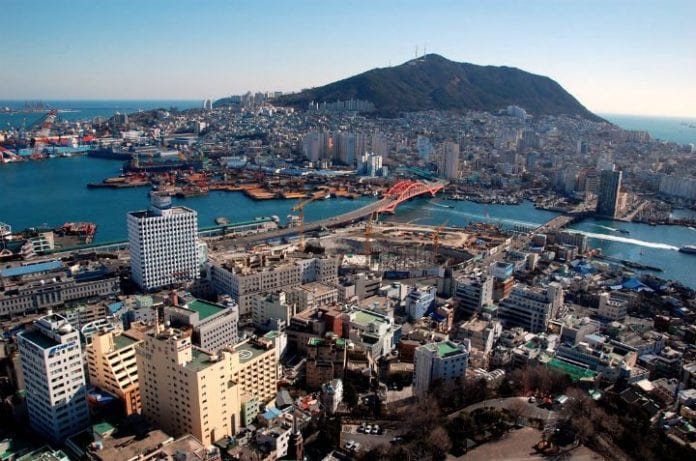If 5G is a race the US needs to win, why not run faster?
In the U.S., Verizon and AT&T have deployed 5G in parts of some cities. T-Mobile says it can offer nationwide service in the 2020 timeframe but that largely hinges on regulatory approval for a merger with rival Sprint.
Meanwhile, in Korea, KT is offering service in the Seoul metro area, most parts of more than 90 other cities, 70 large shopping malls and some 464 college campuses. SK Telecom is also offering what it refers to as “nationwide” coverage on the back of 34,000 5G base stations.
Granted the geographies of the United States and Korea are very, very different. But there’s also another major difference shaping the telecoms space in the two countries–the way operators work with one another.
Korea’s Yonhap News Agency reported in January that SK, KT LG Uplus and SK Broadband will share the deployment costs, which will save nearly $1 billion over a decade. “Our is goal is to lead the fourth industrial revolution and to support the early commercialization of 5G technology,” Jun Sung-bae, a senior ICT ministry official, said, according to Yonhap.
But will this approach work in the U.S.? In short, probably not–the competitive landscape between Tier 1s is such that this level of collaboration is highly unlikely. Further, despite federal discourse relative to 5G, there’s not much of a strategic plan beyond auctioning off loads of millimeter wave spectrum. To some extent, therein lies the rub. Korea deployed at 3.5 GHz, which propagates much further than millimeter wave meaning U.S. deployments based on millimeter wave will require significantly more network densification that a comparable mid-band deployment.
Tim Moynihan, senior vice president of marketing at SOLiD, discussed this dynamic with RCR Wireless News. SOLiD’s parent company is based in Korea.
“Seoul is one of the densest cities in the world–twice as dense as New York City,” he said. In Korea, “The number of antennas, repeaters and things like that, the amount of gear, has probably been underestimated about what’s needed. The number of antennas and things that are going to drive those antennas, it’s a concern, but they’re being installed.” Related to 5G in the U.S., the big question he said is “How do you deploy this–not just mass coverage. How are the operators going to be working together? Are they going to be competing, are they going to be cooperating? Just the sheer volume of equipment is something we’re all going to have to think, as an industry, about, particularly the operators. I think it’s one of the driving challenges of our industry at this point.”
Asked if a shared infrastructure deployment model was realistic in the U.S., Sprint’s Regional Network Director Heather Campbell said, ““I think over time market conditions are going to keep changing. Everyone is just going to be deploying and utilizing what’s working now and what we’re going to need for capacity in the future. I think it’s always going to be a mixture.”

